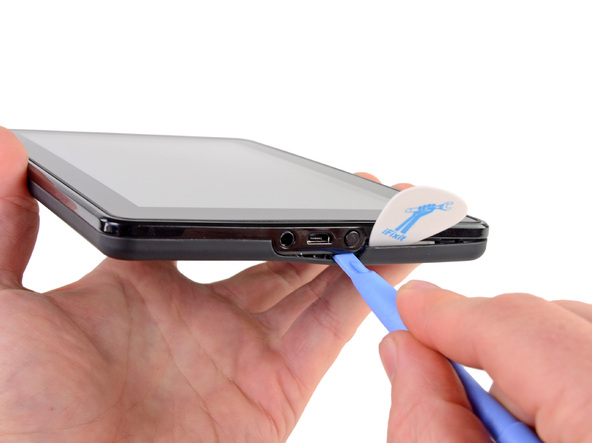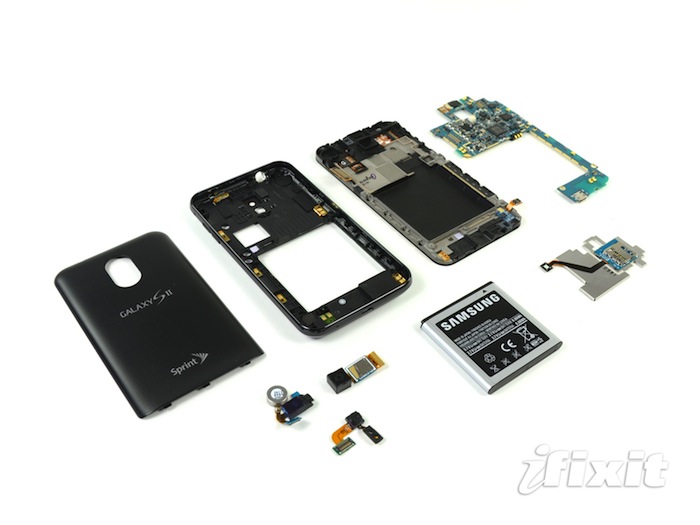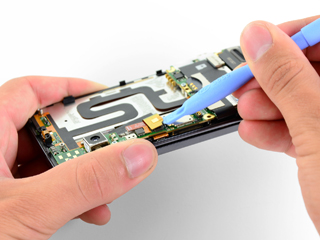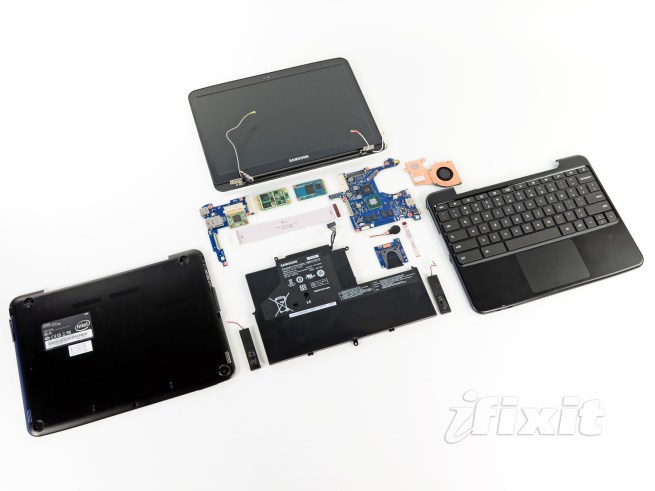Nook Tablet gets iFixit teardown, reveals storage limitations and more

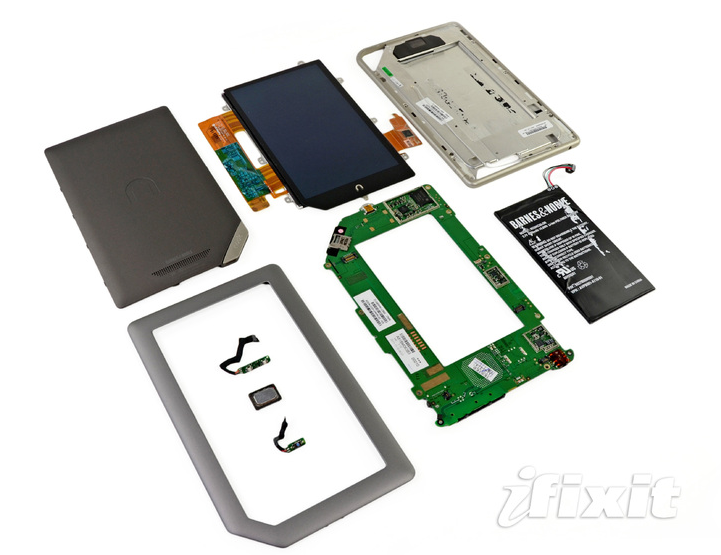
The guys and gals over at iFixit are once again tearing down our favorite electronic devices, this time the new Nook Tablet from Barnes & Noble. The end result is a repairability score of 6 out of 10 and a few interesting findings, especially in comparison to the Kindle Fire. Today we also get our first root for the device, allowing the Android Market to run with some minor limitations. Liliputing (via SlashGear) has compiled a complete guide using tips from various posters on Xda-developers.
A few noteworthy findings that you may have previously be unaware of include:
Storage– While Barnes & Noble advertises 16GB of onboard internal storage (saying the 6GB included in Amazon’s Kindle Fire makes it “deficient for a media tablet”), the truth is only 1GB is available for content other than B&N content. iFixit says only 12GB of the 16GB is actually available to the user, while only 1GB of that 12 is available for content other than that downloaded from the B&N app store. Looks like the majority of your content (other than content purchased from B&N) will have to be stored mostly on microSD.
We also get a nice comparison of the Nook Tablet and Kindle Fire. iFixit explains:
Expand
Expanding
Close
